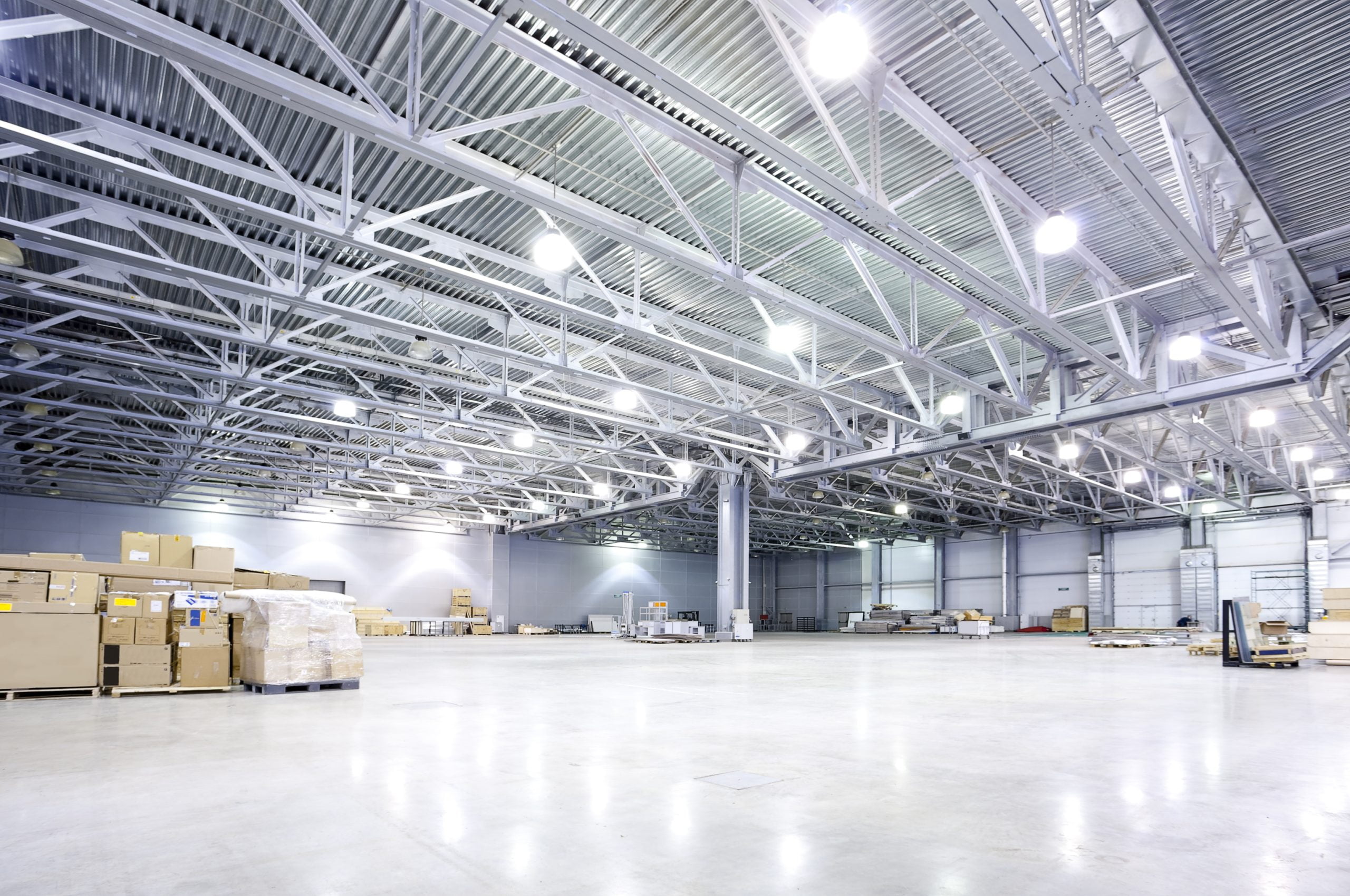As cities expand and land becomes more expensive, industrial real estate is undergoing a transformation. The demand for large warehouses on the outskirts is being challenged by the need for smaller, strategically placed industrial spaces within urban areas. This shift is not just about space constraints—it’s about efficiency, innovation, and adaptability.
Why Urban Industrial Real Estate Is Changing
1. The E-Commerce Boom
Consumers now expect faster deliveries, and businesses need urban micro-fulfillment centers to keep up. Smaller industrial spaces within cities help meet these demands by serving as last-mile distribution hubs.
2. Rising Costs of Large-Scale Warehousing
The cost of land and construction for large warehouses is skyrocketing. Small bay industrial parks and compact warehouses offer a cost-effective alternative for businesses looking to optimize operations without excessive expenses.
3. The Shift Towards Flexible Spaces
Modern businesses require adaptable spaces that can accommodate changing needs. Hybrid industrial spaces that combine office, production, and storage areas are becoming the new standard.
4. Sustainability and Green Development
Urban industrial real estate is increasingly focusing on eco-friendly solutions, including energy-efficient buildings, solar power, and sustainable construction materials.
Key Trends in Urban Industrial Real Estate
- Smart Warehousing: Automation and AI-driven logistics will enhance efficiency in smaller urban spaces.
- Vertical Industrial Buildings: Multi-story industrial spaces will maximize land use in high-density areas.
- Mixed-Use Developments: Combining industrial, retail, and residential spaces in a single development will become more common.
- Local Manufacturing Hubs: Small-scale production facilities will cater to local demand, reducing reliance on large offshore manufacturers.
Final Thoughts
Urban industrial real estate is moving towards smaller, smarter, and more sustainable spaces. Businesses that adapt to these changes will not only survive but thrive in the evolving landscape. The future belongs to those who can innovate within compact, high-efficiency environments.


